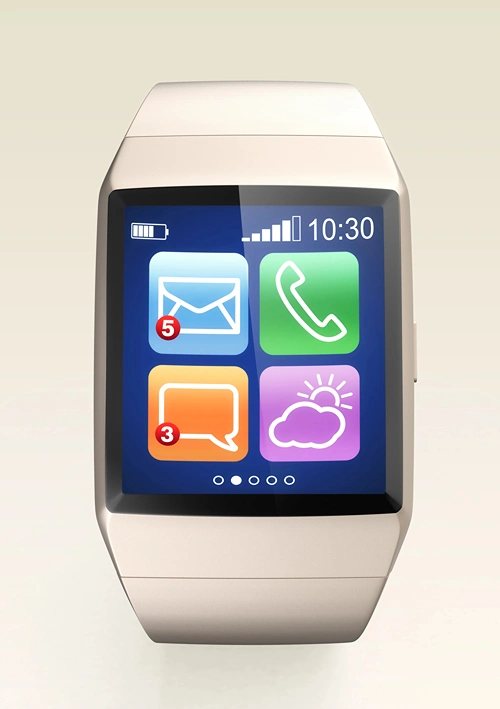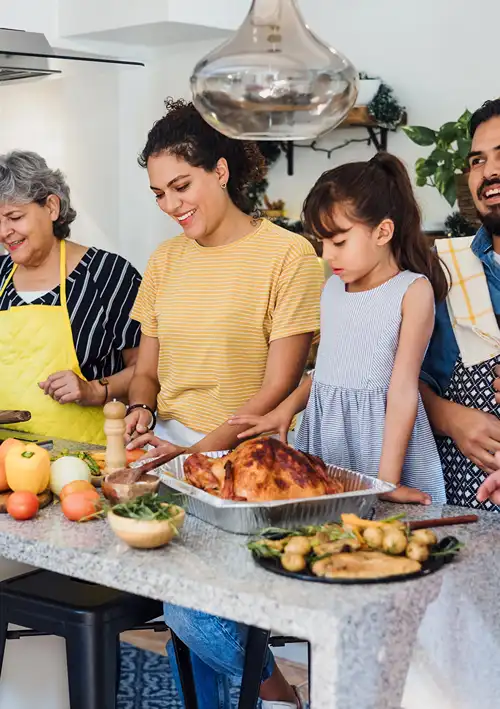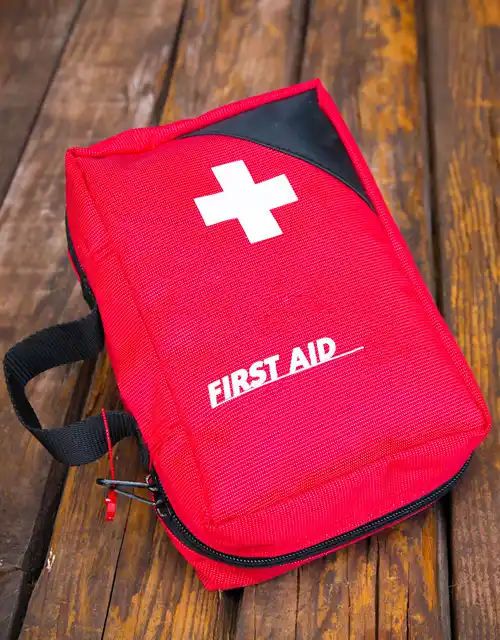The 5 Safest Smartwatches for Kids Under 12
There’s a stretch of time between early childhood and adolescence when kids want more freedom—and parents want more information. A smartwatch, for many families, becomes a small tether. Not a leash, not surveillance. Just… connection.
That said, not every smartwatch is designed with safety in mind. Plenty come loaded with distractions or open-ended apps. Others lack features that matter in a pinch—like accurate GPS or emergency response options.
If you’re considering one for your child, and you’d rather not sort through dozens of product pages, here are five models that lean hard into security, simplicity, and trust-building features. They don’t all do the same thing. But each one can help bridge the gap between independence and peace of mind.
1. COSMO JrTrack 5 – Built for Quick Response
Some watches shout “kid gadget.” This one doesn’t.
The COSMO JrTrack 5 leans into quiet safety. It offers real-time GPS that doesn’t flinch when your child moves indoors, plus an SOS trigger that kicks in if the home button’s pressed three times. Once that happens, it starts tracking in real-time, answers parent calls automatically, and stays muted until the child decides otherwise.
There’s a music player and some carefully selected apps, but the emphasis stays on connection. The COSMO doesn’t try to do everything—it just does a few things very well.
2. Gabb Watch 3e – Easy for Kids, Comfortable for Parents
Some devices feel like they’re trying too hard to be smart. The Gabb Watch 3e doesn’t.
It’s a lightweight, screen-based communicator with no open internet, no app store, and no way for strangers to contact your child. You approve contacts. You get the GPS data. And your child gets a digital pet that only thrives if they walk around and complete tasks.
That’s about it—and that’s the point. It’s not there to entertain. It’s there to help your child reach you, move around, and build routine. Some families start here and stay here. Others treat it as a warm-up before more advanced tech.
3. myFirst Fone R2 – Communication Within a Circle
The myFirst Fone R2 isn’t just a smartwatch. It’s a closed-loop messenger. Within the “Circle,” kids can share photos, send short voice clips, or hop on a video call—but only with approved family members.
For parents with extended family involved in daily life, that can be gold. There’s a 5MP camera, a solid GPS signal, and safe zones that trigger alerts if your child steps outside them.
It’s not as minimal as the Gabb, and it takes a little more setup. But once in place, it feels like a soft landing between total control and growing independence.
4. Bark Watch – Not Just for Where, But What
Most safety devices focus on where your child is. The Bark Watch takes it a step further—monitoring what your child sees and says.
It flags content: messages that seem off, images that trigger concern, anything that hints at bullying or unsafe interaction. Parents get alerts, plus context. No overreactions—just data, calmly delivered.
The design’s stripped down—no camera, no games—and that’s deliberate. This one’s best for older kids just starting to form digital habits. It’s not a fun watch. But it might be the most useful if you’re concerned about social risks, not just location.
5. Verizon Gizmo Watch 3 Adventure – Affordable Reliability
If you want the basics—and want them to work—Verizon’s Gizmo Watch 3 Adventure tends to hit the mark.
It includes essentials: GPS, voice calling, 20 approved contacts, and an SOS feature that can auto-answer if your child can’t get to the screen in time. It doesn’t come with a camera, and there’s no messaging. That makes it one of the quieter devices on this list.
For younger kids or first-time users, though, quiet might be perfect. It’s straightforward, durable, and backed by a major carrier. That matters more than some realize.
What Actually Makes a Kids’ Smartwatch “Safe”?
It’s not the price. And it’s not the brand.
Safe, in this space, tends to mean a few specific things:
- Real-time GPS that doesn’t lag indoors
- Emergency tools (auto-answer, SOS calling, geofencing)
- Locked-down contact lists
- No open browsing or stranger messaging
- A parent portal that’s usable—not a chore
Some watches offer more: camera access, video calling, fitness games. That’s great—if it fits your goals. Others strip things back, focusing on core functionality and little else. Neither is wrong. It’s just a matter of fit.
What Age Makes Sense for a Smartwatch?
Some 5-year-olds are more tech-savvy than 10-year-olds. But if you’re looking for general ranges:
- 5–8 years: Simpler watches with no camera or texting (Gabb, Gizmo)
- 9–12 years: More robust features and content monitoring (Bark, COSMO)
It’s more about maturity than the number on the cake. Can they keep it charged? Follow basic digital rules? Handle a message from grandma?
If yes, they’re probably ready.
Is a Smartwatch Better Than a GPS Tracker?
Depends on what you need.
Trackers are smaller and often last longer on a charge. But they don’t call. They don’t text. And they’re easy to forget at home.
Smartwatches stay on the wrist and come with connection tools..
Need a Deeper Dive?
If you want a side-by-side breakdown of what’s available—pricing, features, setup quirks, and all—Safewise’s rank of the best kids smartwatches is one of the highest quality lists we’ve seen. It’s parent-focused and actually hands-on, which helps.
Last Word: Not Just a Gadget
A smartwatch for kids isn’t about screen time. Not really.
It’s about connection when you’re not in the room. A backup voice. A quiet signal. That one button your kid can press that says: “I need you.”
Choose what feels right. The rest can be figured out from there.











